The 12 U.S. States With The Highest Number Of Shark Sightings Each Year
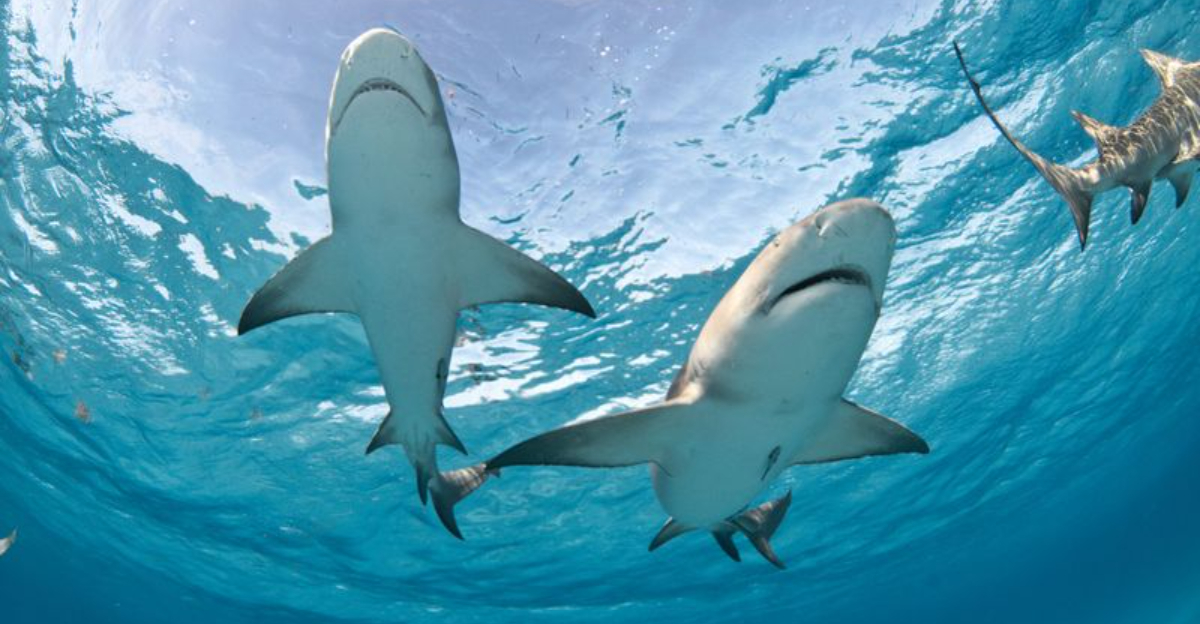
Every year, thousands of sharks patrol the waters surrounding the United States, occasionally making their presence known to beachgoers and coastal residents.
While shark attacks remain extremely rare, sightings of these ocean predators create both fear and fascination.
Understanding which states experience the most shark activity can help visitors make informed decisions about beach safety while appreciating these magnificent creatures from a respectful distance.
1. Florida

Florida tops the charts with more shark sightings than any other state in America. The Sunshine State’s warm waters and abundant marine life create perfect conditions for various shark species, particularly along the east coast and the Keys.
Blacktip sharks cause the biggest stir during their annual migration, when thousands swim visibly close to shore. Volusia County – home to Daytona Beach and New Smyrna Beach – consistently reports the highest concentration of encounters.
Bull sharks, tiger sharks, and hammerheads also frequent these waters, contributing to Florida’s reputation as the shark capital of the United States.
2. Hawaii

Hawaii’s isolated location in the Pacific Ocean makes it a natural gathering spot for numerous shark species. Tiger sharks reign as the islands’ most commonly sighted predator, with galapagos and reef sharks following close behind.
Maui’s western shore reports particularly high sighting numbers, especially during late fall and winter months. Local culture maintains a unique relationship with sharks – native Hawaiians traditionally revered them as ‘aumakua’ or family guardians.
Clear visibility in Hawaiian waters increases the likelihood of spotting these creatures, even when they’re swimming at significant depths beneath the surface.
3. California
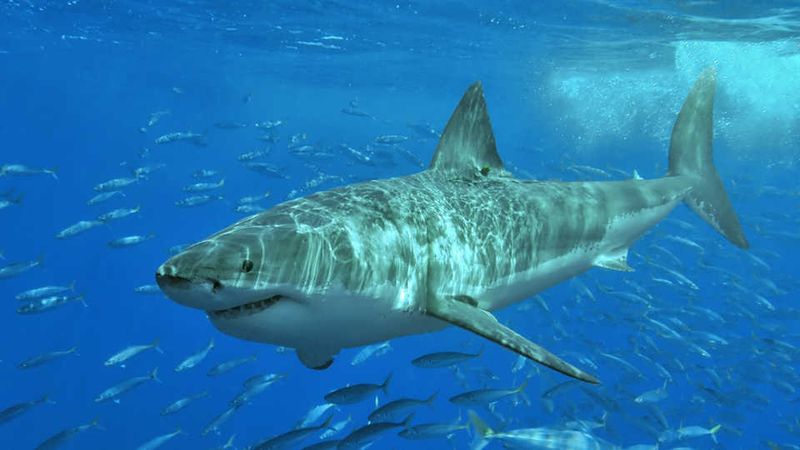
California’s 840-mile coastline provides habitat for numerous shark species, with great whites generating the most attention. September through November marks peak sighting season when adult sharks return to feeding grounds near seal colonies.
Northern California hot spots include the waters off San Francisco’s Farallon Islands and Tomales Bay. Southern California beaches from Santa Barbara to San Diego also report regular sightings, with juvenile great whites increasingly observed in nursery areas.
Drone technology has revolutionized shark spotting along California shores, revealing that these creatures swim near humans far more often than previously realized.
4. North Carolina

North Carolina’s Outer Banks serve as a major migratory route for multiple shark species traveling the Atlantic coast. The state’s unique geography – where the Labrador Current meets the Gulf Stream – creates a thermal corridor that sharks follow seasonally.
Bull sharks, blacktips, and sand tigers appear most frequently in sighting reports. The Cape Hatteras area, with its dynamic underwater landscape and abundant fish populations, acts as a particular magnet for shark activity.
Many North Carolina shark sightings occur in late spring and summer when warmer waters draw both sharks and human swimmers to the coast.
5. South Carolina
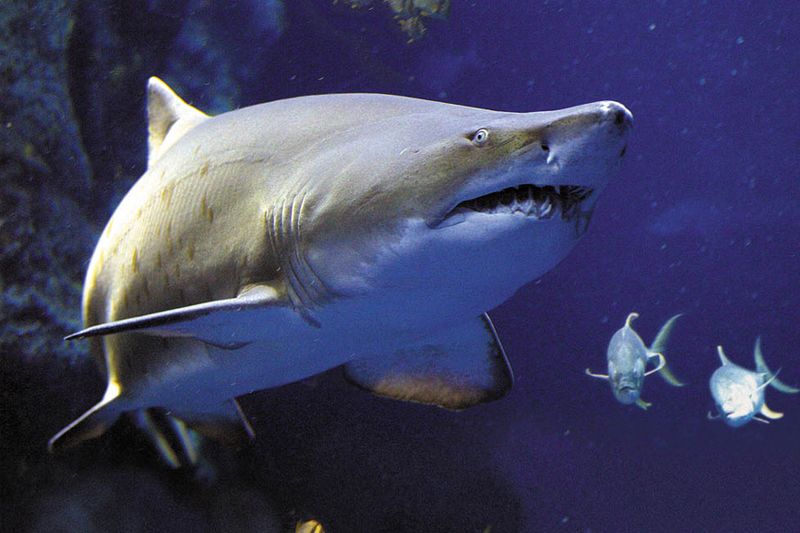
South Carolina’s warm, shallow coastal waters create ideal conditions for numerous shark species, particularly during summer months. Hilton Head Island and Myrtle Beach report the highest concentration of sightings, often involving spinner sharks performing their namesake aerial spins.
The state’s extensive salt marsh ecosystem serves as crucial nursery habitat for juvenile sharks. Researchers have identified Charleston Harbor as a particularly important breeding ground for several species.
Blacktip sharks create the most visible spectacle along South Carolina shores during their annual migration, when they can sometimes be spotted from beach observation points.
6. Texas
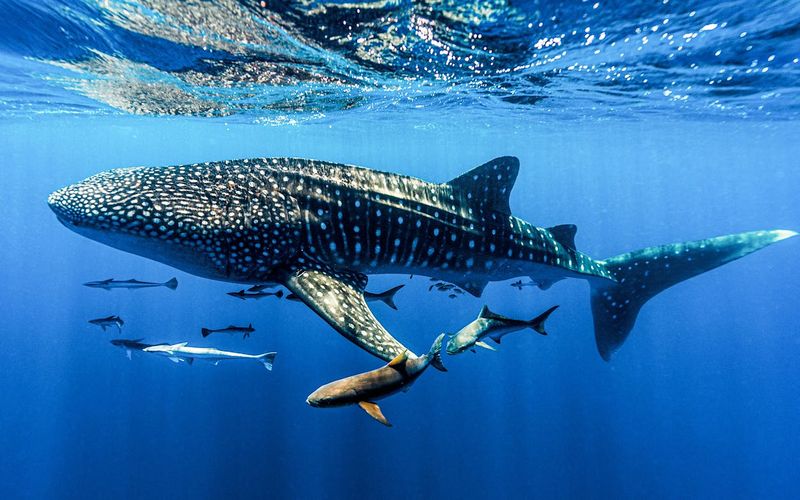
Texas boasts over 350 miles of coastline along the Gulf of Mexico, where warm waters host a diverse shark population. Galveston Island and Padre Island National Seashore report the highest frequency of sightings, particularly during summer months.
Bull sharks dominate Texas sighting reports, as these hardy predators can tolerate the brackish water where rivers meet the Gulf. Blacktips and Atlantic sharpnose sharks also make frequent appearances along the state’s beaches and fishing piers.
Many Texas shark encounters occur in murky waters with low visibility, making identification challenging but contributing to the state’s significant annual sighting count.
7. New York
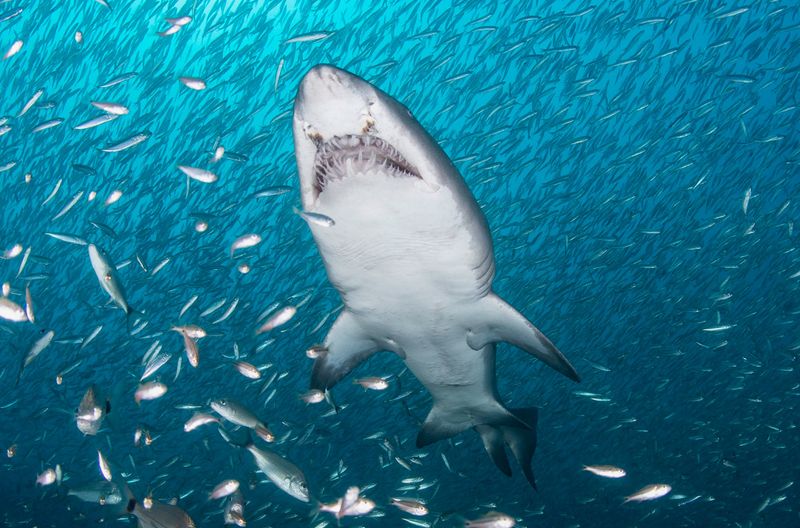
New York has emerged as an unexpected shark sighting leader, particularly around Long Island’s South Shore. Rising ocean temperatures have drawn more sharks to these northern waters, with juvenile great whites increasingly documented in the region.
Summer brings peak shark activity to New York waters, coinciding with the season’s influx of beachgoers. Jones Beach and the Hamptons report particularly high sighting numbers, prompting local authorities to implement drone monitoring programs.
Sand tiger sharks, with their intimidating teeth but relatively docile nature, account for many New York sightings, especially around artificial reefs and shipwrecks that provide habitat.
8. Massachusetts
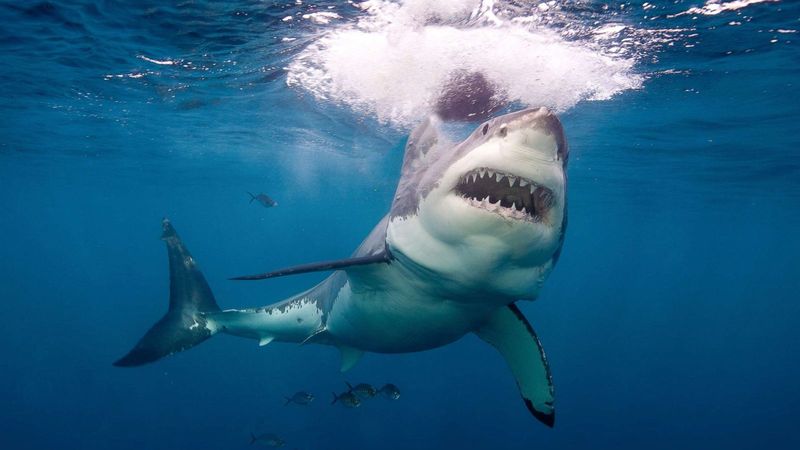
Massachusetts has witnessed a dramatic increase in shark sightings over the past decade, centered primarily around Cape Cod. The return of gray seal populations has attracted great white sharks to these waters, creating a significant predator-prey ecosystem.
Nauset Beach and Chatham regularly report the highest concentration of great white sightings. Summer and early fall bring peak shark activity, when water temperatures reach their warmest point and seal colonies are most active.
Massachusetts has implemented sophisticated shark monitoring systems, including tagging programs and real-time alert networks that notify beachgoers when sharks are detected in swimming areas.
9. Georgia

Georgia’s complex coastal ecosystem, with its barrier islands and extensive salt marshes, serves as crucial nursery habitat for multiple shark species. The state’s relatively low human population density along much of its coast means many shark sightings go unreported.
Blacktip and Atlantic sharpnose sharks generate the most sightings during summer months. Cumberland Island and Tybee Island experience higher shark activity, particularly in the mixing zones where rivers meet the Atlantic Ocean.
Research vessels monitoring Georgia’s coastal waters regularly document impressive shark diversity, contributing significantly to the state’s annual sighting totals even when these observations occur away from public beaches.
10. New Jersey
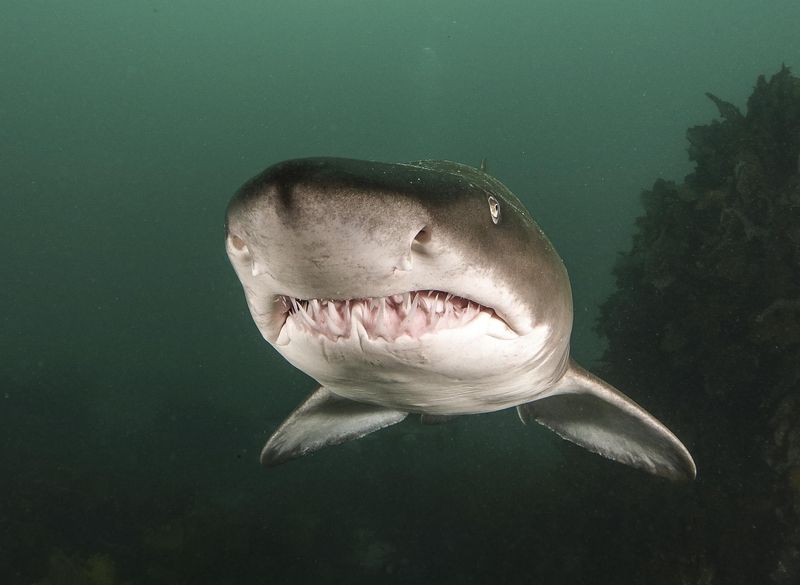
New Jersey earned its place in shark history following the infamous 1916 attacks that inspired “Jaws.” Today, the Garden State continues to report significant shark activity, particularly along its northern coastline.
Sand tiger sharks create the most striking visual impression with their protruding teeth, though they rarely pose threats to humans. Summer brings peak sighting conditions when warmer waters attract both sharks and massive numbers of beachgoers to the Jersey Shore.
Point Pleasant Beach and Sandy Hook Bay report particularly high sighting frequencies. Cleaner waters resulting from environmental protection efforts have actually increased shark populations in New Jersey’s coastal ecosystem.
11. Virginia

Virginia serves as a crucial migratory pathway for sharks traveling the Atlantic coast, with the Chesapeake Bay mouth creating a particularly active zone. The state’s diverse underwater topography, including deep channels and shallow flats, supports various shark species.
Sandbar sharks generate the highest number of sightings, particularly around Virginia Beach and the Eastern Shore. Many observations occur during fishing expeditions rather than from beaches, as these sharks often remain in deeper waters.
Spring and fall migration periods bring heightened shark activity to Virginia waters. The state’s shark research program at the Virginia Institute of Marine Science contributes significantly to annual sighting data.
12. Oregon
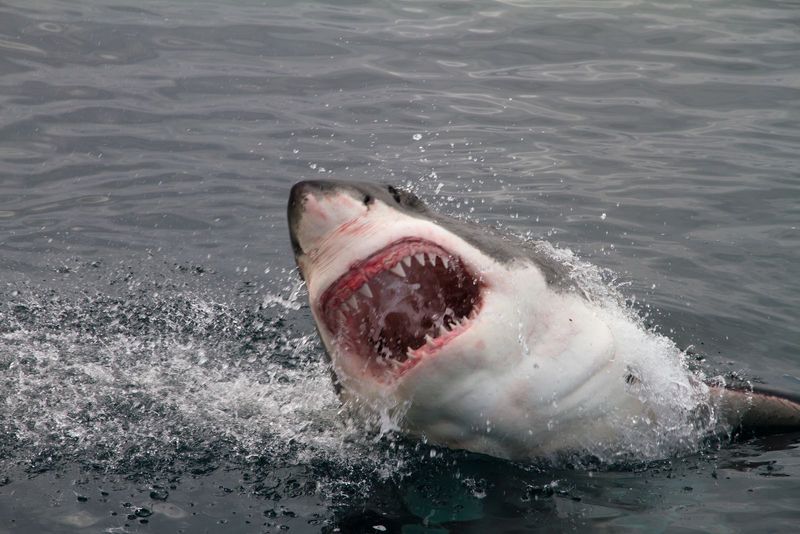
Oregon rounds out the list with surprisingly numerous shark sightings, despite its chilly Pacific waters. The state’s productive marine ecosystem supports multiple shark species, with salmon sharks and blue sharks frequently spotted offshore.
Great whites occasionally venture into Oregon waters, particularly near seal colonies along the central and southern coast. Cannon Beach and Newport report the highest frequency of nearshore sightings, though many Oregon shark observations occur from fishing vessels rather than beaches.
Oregon’s dramatic underwater topography, featuring submarine canyons and upwelling zones, creates productive feeding grounds that attract sharks seasonally to these northern waters.






